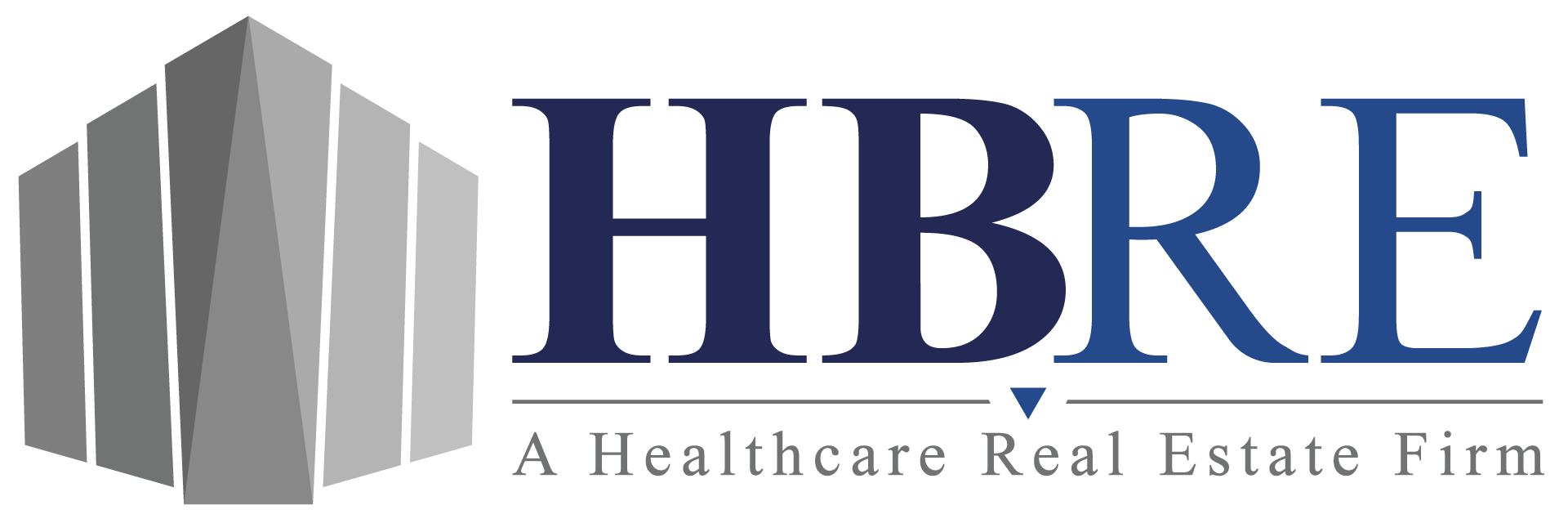Pre-Pandemic Growth of Healthcare Real Estate
For a while now, we’ve been talking about the expected growth of healthcare real estate. Even before the pandemic, we expected the aging baby boomer generation to create a higher demand in the healthcare industry. We watched as micro-hospitals and medtail clinics expanded in several markets. And the customer experience shift in the retail sector translated to an emphasis on patient experience in the medical sector. Healthcare real estate was certainly growing and changing. Then came the pandemic.
The beginning of 2020 infused a sense of hesitancy on current growth projections. But the year eventually brought surprisingly healthy changes to the healthcare industry. We are continuing to see predictions for the post-pandemic growth of the healthcare real estate sector.
Current Projections for Healthcare Real Estate
By the end of Q4, the U.S. medical office building (MOB) sector vacancy rate was 8.6%. While this rate was up from 2019, the office sector as a whole had a higher vacancy rate of 13.2%. Despite the circumstances, healthcare real estate was definitely a stronger sector within the market.
One source suggests that growth will continue to lean away from the traditional hospital setting. The hospital environment would focus on acute in-patient care. But facilities outside of the hospital campus would serve lower-acuity patient needs for a lower cost. These new facilities would offer more convenience to patients, as they would be more readily accessible within smaller markets.
As more outpatient facilities arise, medical practices may begin to group together. Providers with differing but complementary services may all take tenancy within the same building, providing locational convenience for patients. For example, a primary care physician, imaging center, and physical therapist may all share the same facility.
Other Growth Factors within Healthcare Real Estate
The pandemic shed light on a few healthcare procedures, treatment offerings, and structural details that needed an upgrade. In the short term, hospitals began reviewing their HVAC needs and revisiting the layout of infectious disease units. But healthcare facilities also started to look toward more long-term impacts. Building owners and investors should keep a few of these aspects in mind going forward.
Telehealth: The increased use of telehealth may cause medical groups to require office space dedicated to digital appointments. Some medical groups will require flex spaces to accommodate in-person treatments or telehealth visits on an as-needed basis.
Senior Housing: The senior housing sector experienced quite a bit of turmoil in the wake of the pandemic. Vacancy rates across this category have increased and are still struggling. As a result of the pandemic, senior centers are revisiting their facility designs to accommodate healthcare options and better building layouts. And on a larger scale, some U.S. states are reviewing their senior housing offerings and considering adding senior facilities that serve the middle market.
Life Sciences: The life sciences sector is growing and expanding into new markets. For example, developers are looking to add more life sciences projects in Chicago. Life sciences facilities will require unique spaces. Some will require large rooms to accommodate assembly lines. Others may need to account for large workspaces per staff member.
The vitality of the medical industry is a significant factor behind the continued growth of healthcare real estate. Patient procedures and treatments are necessary aspects of life, which means that healthcare facilities will remain imperative property types. The inner workings and trends of the healthcare sector may adjust as the market changes. HBRE will continue to observe changes within the industry.
HBRE is a team of CRE advisors solely focused on healthcare real estate. We monitor the sector on a national level and provide our insights through blogs and newsletters. Healthcare professionals can trust HBRE’s healthcare real estate resources, and they can reach out to our team directly to find out more about their specific market—[email protected].




